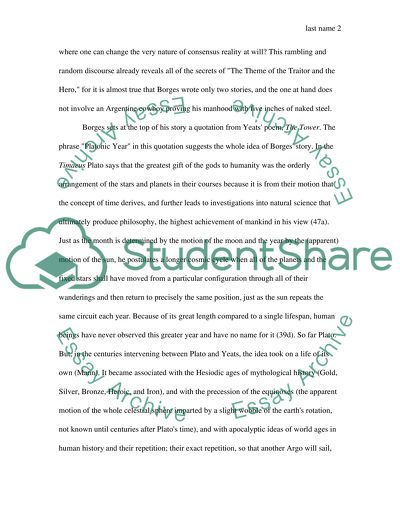Cite this document
(Borges' Work: the Relationship of Author and Audience Book Report/Review, n.d.)
Borges' Work: the Relationship of Author and Audience Book Report/Review. Retrieved from https://studentshare.org/literature/1520879-jorge-luis-boges-the-tower
Borges' Work: the Relationship of Author and Audience Book Report/Review. Retrieved from https://studentshare.org/literature/1520879-jorge-luis-boges-the-tower
(Borges' Work: The Relationship of Author and Audience Book Report/Review)
Borges' Work: The Relationship of Author and Audience Book Report/Review. https://studentshare.org/literature/1520879-jorge-luis-boges-the-tower.
Borges' Work: The Relationship of Author and Audience Book Report/Review. https://studentshare.org/literature/1520879-jorge-luis-boges-the-tower.
“Borges' Work: The Relationship of Author and Audience Book Report/Review”, n.d. https://studentshare.org/literature/1520879-jorge-luis-boges-the-tower.


